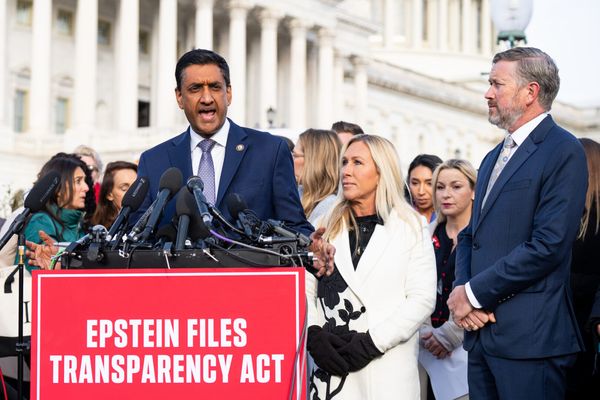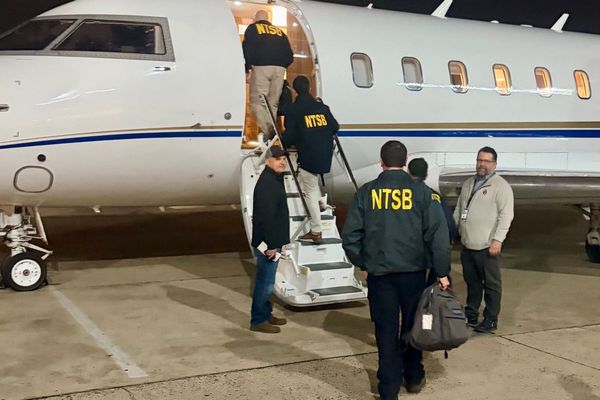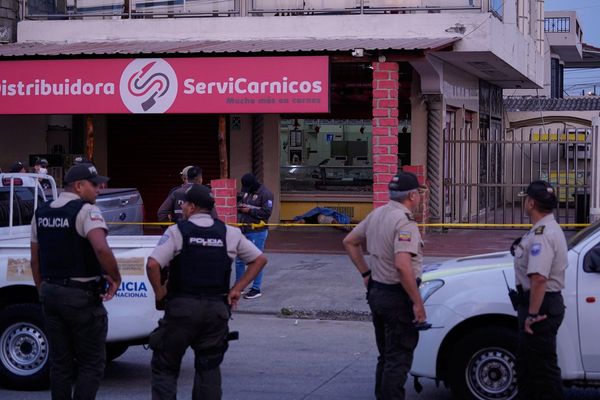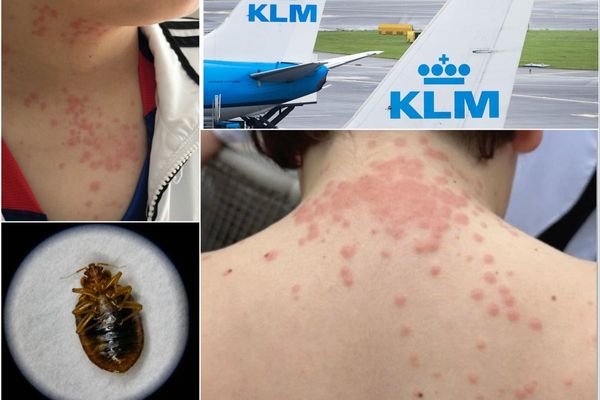India's aviation authorities have ordered its airlines to examine fuel switches on Boeing aircraft after a preliminary report on the fatal Air India flight crash last month found that the fuel supply was cut off after takeoff.
At least 260 people died after a London-bound Air India 787 Boeing Dreamliner crashed shortly after takeoff from the Ahmedabad airport in India's western state of Gujarat in one of the worst aviation disasters in history.
The Directorate General of Civil Aviation (DGCA) said it had issued an order to investigate locks on several Boeing models, including 787s and 737s, after several Indian and international airlines began making their own inspections of fuel switches. The Boeing aircraft are used by three of India's largest airlines.
The DGCA has set a 21 July deadline for airlines to complete the checks, adding that "strict adherence to the timeline is essential to ensure continued airworthiness and safety of operations".
A preliminary report released one month after the fatal crash revealed that the switches had almost simultaneously flipped from run position to cutoff three seconds after takeoff. One pilot was heard on the cockpit voice recorder asking the other why he cut off the fuel. "The other pilot responded that he did not do so," the report said.
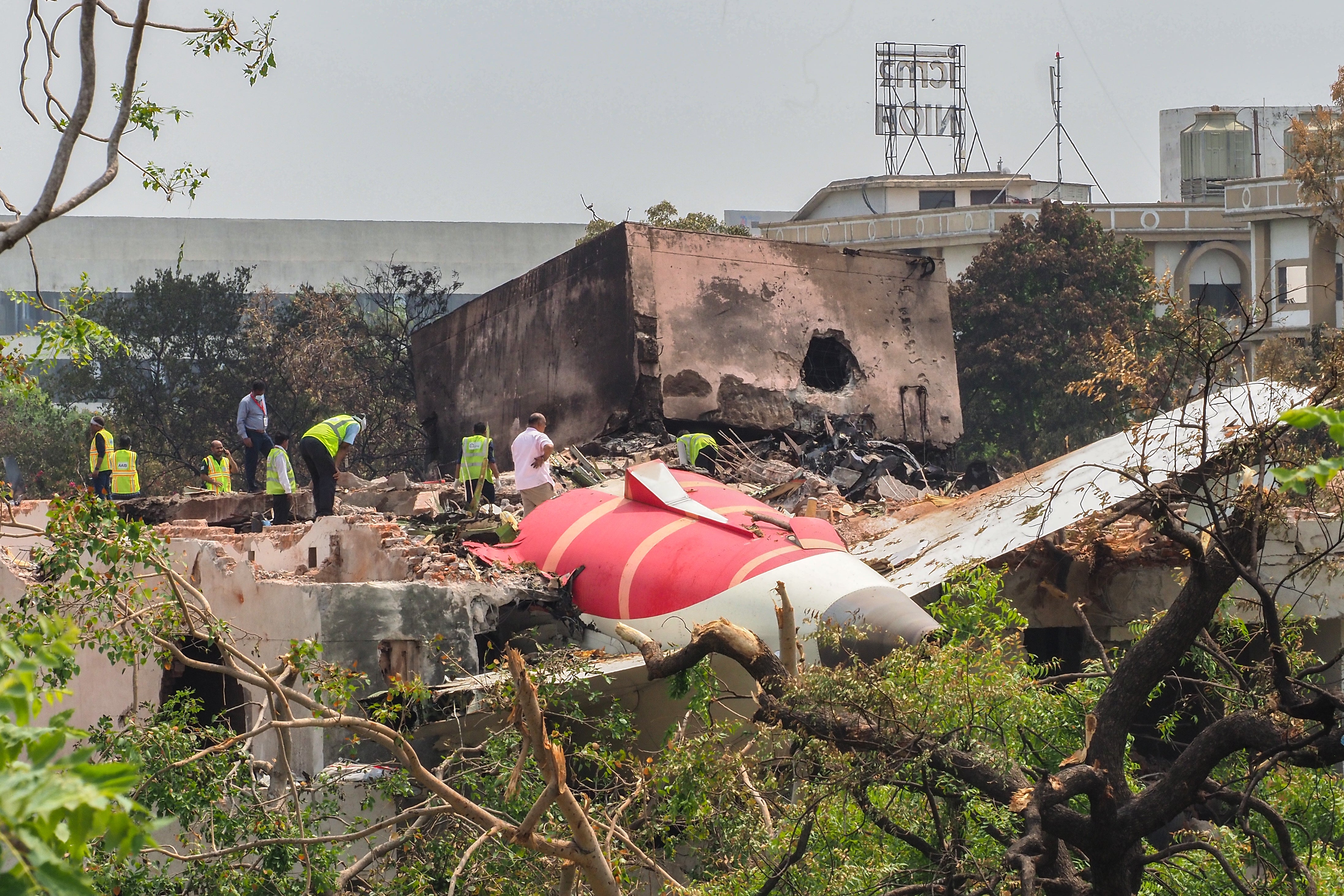
The report by India's Aircraft Accident Investigation Bureau (AAIB) did not identify which remarks were made by the flight's captain and which by the first officer, nor which pilot transmitted "Mayday, Mayday, Mayday" just before the crash.
At the crash site, both fuel switches were found in the “run” position and the report noted that there had been indications of the engines relighting before the low-altitude crash.
The probe report noted a 2018 advisory from the US Federal Aviation Administration (FAA), which recommended, but did not mandate, operators of multiple Boeing models to inspect the locking feature of fuel cutoff switches to ensure they could not be moved accidentally.
The AAIB said Air India had not carried out those inspections because they were not mandatory. But it also said maintenance records showed that the throttle control module, which includes the fuel switches, was replaced in 2019 and 2023 on the plane involved in the crash.
The US Federal Aviation Administration (FAA), in a private notification, said that the fuel switch locks on Boeing planes are safe, Reuters reported. "Although the fuel control switch design, including the locking feature, is similar on various Boeing airplane models, the FAA does not consider this issue to be an unsafe condition that would warrant an Airworthiness Directive on any Boeing airplane models, including the Model 787," it added.

Boeing separately also referred to the FAA notification in a multi-operator message sent to the airlines in the past few days, which said the planemaker is not recommending any action, two of the sources with direct knowledge told the news agency.
In the wake of the report, airlines with Boeing aircraft in their fleet have aggressively begun to check the fuel switches. Flag carrier Korean Air Lines said on Tuesday it had proactively begun inspecting fuel control switches and would implement any additional requirements the transport ministry may have.
Japan Airlines (JAL) said it was conducting inspections, but had also been doing so since the 2018 advisory came out. "Any issues detected were repaired on the ground, and therefore did not occur during flight," JAL said in a statement.
South Korea's aviation authorities said it was preparing to order all airlines in the country with Boeing jets to examine the switches.
Singapore Airlines said it completed precautionary checks on the fuel switches of its 787 fleet, including planes used by its low-cost subsidiary Scoot.
Air India chief executive Campbell Wilson, in an internal memo, said the preliminary report found no mechanical or maintenance faults and that all required maintenance had been carried out. He added the pilots had “passed” all pre-flight checks amid allegations that the disaster was caused by human error.
